Beyond the bird feeder is a new column by Alys Fowler for Wicked Leeks.
At some point late last summer, when the garden was still a place to store empty cardboard boxes and all the other detritus of moving, I found my reason for how this garden should be designed. It was hidden under a shallow firepit that had been upturned on some grass.
When I went to move it, I found two beautiful slow worms, coiled into each other, eyeing me up as I lifted the lid on their slumber. I quickly returned them to darkness and then couldn’t help but take another peek. Slow worms, a great chorus of house sparrows, starlings, long tailed tits, wagtails, dunnocks, Buff Tip moths camouflaged to look like old birch twigs, violet ground beetles, swooping bats in the evening, the owl that passes by on the way to church, the mistle thrushes and blackbirds: the list of inhabitants in this tiny garden grew every time I stepped outside. And with every greeting, I found my reason.
In my last garden, it was more a case of that anything I did was an improvement on the biodiversity. It was mostly a blank space, not much more than a sea of gravel, with the odd bush here and there. Everything I added, the flowers, the vegetables, the fruit trees and bushes, the climbers up the walls, the spring bulbs and the large compost heap were a case of introducing a new potential habitat. I could garden entirely for myself and still improve the wildlife odds.
But in this garden, there are plenty who already called this place home and those curled slow worms made me realise how gently I’ll have to go at making this space into a garden for us all. I could very easily destroy sleeping spaces, breeding spots and food sources under the misguided notion that my desire to grow organic food matters more.
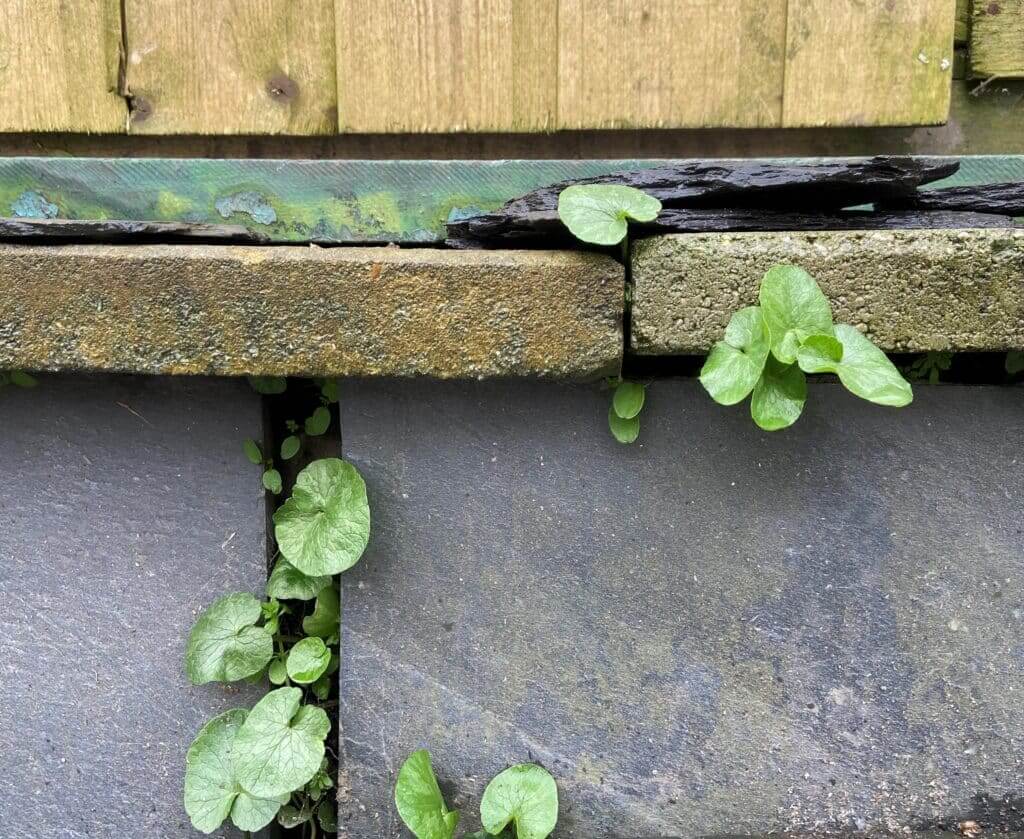
So, this time round I am making a wildlife garden that grows food – rather than a food garden that likes wildlife. At every step, I find myself adjusting, evaluating and then inching forward. This is a radically slower pace for me. I am usually a whirlwind of energy, tirelessly going at it all until the things I don’t want are gone and things needing to be tamed are chopped.
In one corner, a bramble so vast that it reached over three metres tall had grown up and over a rather nice mature ivy. It was a clever bramble; this is a corner bathed from mid-morning till the evening in the sun. There’s a strong argument for it to stay. In autumn, it provided berries for the song birds and in winter, behind its vicious thorns, the blackbirds gorged on the ripe ivy berries. But it is also the best spot for an apple. A tree that will, one day, be just as good a habitat as the bramble, and will provide me with more than just jam.
It was an intervention into an ecosystem that existed long before the place was named a garden. I left the bramble standing through the winter, taking it down bit by bit, so everyone could adjust.
With every wave of great change, I must make sure I have shared some other space. So, I fashioned the chopped bramble stems into a dead hedge with other woody material. I see the house sparrows sitting on it most mornings and this afternoon, I disturbed a wren hiding inside one of its many gaps.
As for the slow worms, they moved on from the firepit after a week or so. I spent an afternoon building a new shed base that would be slow worm friendly, with plenty of entrance and exit holes. I filled some of these spaces with rotting wood, as I read that they like to hibernate in the crevices of rotting stumps. The whole thing is a little eccentric-looking; I’ve planted two rhubarbs either side of the steps, and in the shadier spots I’ve added ferns, sweet violet and snowdrops for early spring foraging and tulips for later.
Over the next months, I’ll be writing here about my new garden in Wales, and how I’m going about making it a wildlife-friendly space. It’s not a large garden; it’s a typical terrace that lies at the bottom of a very steep hill. There is much work ahead, but I’ll take my cues from the other residents for how this garden shall unfurl and hopefully we shall all grow richer for it.

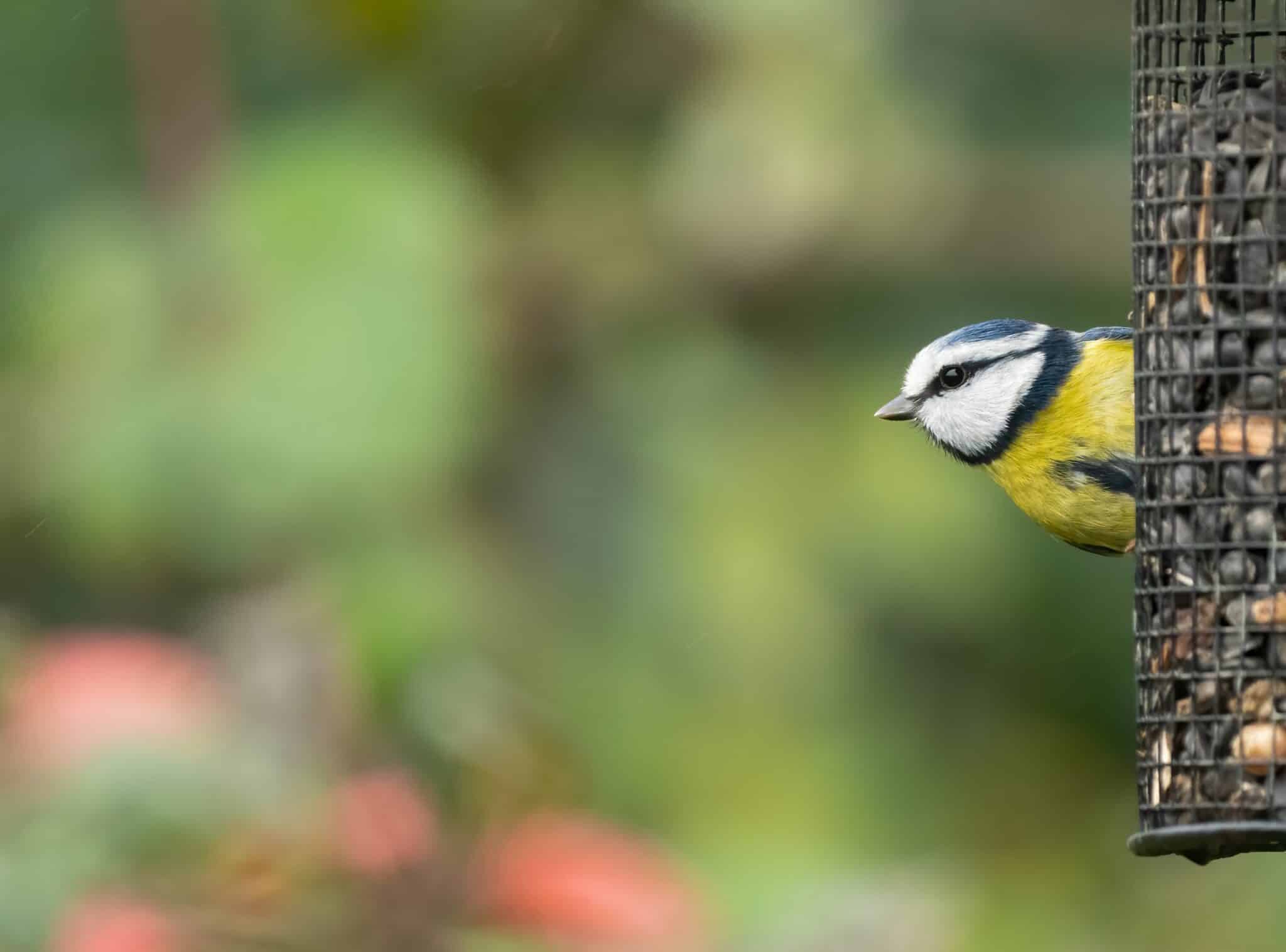
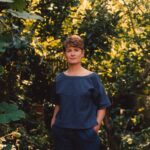
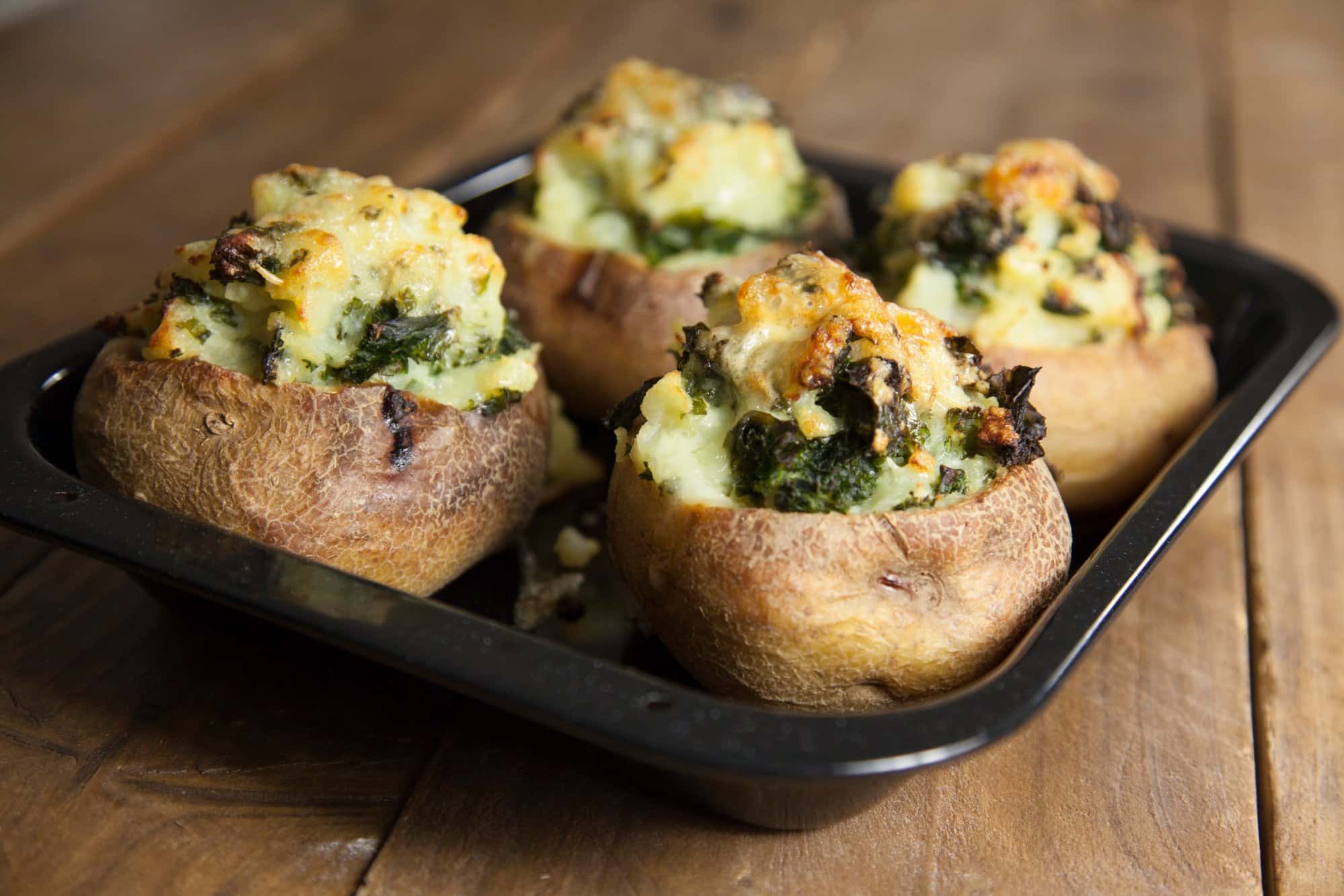
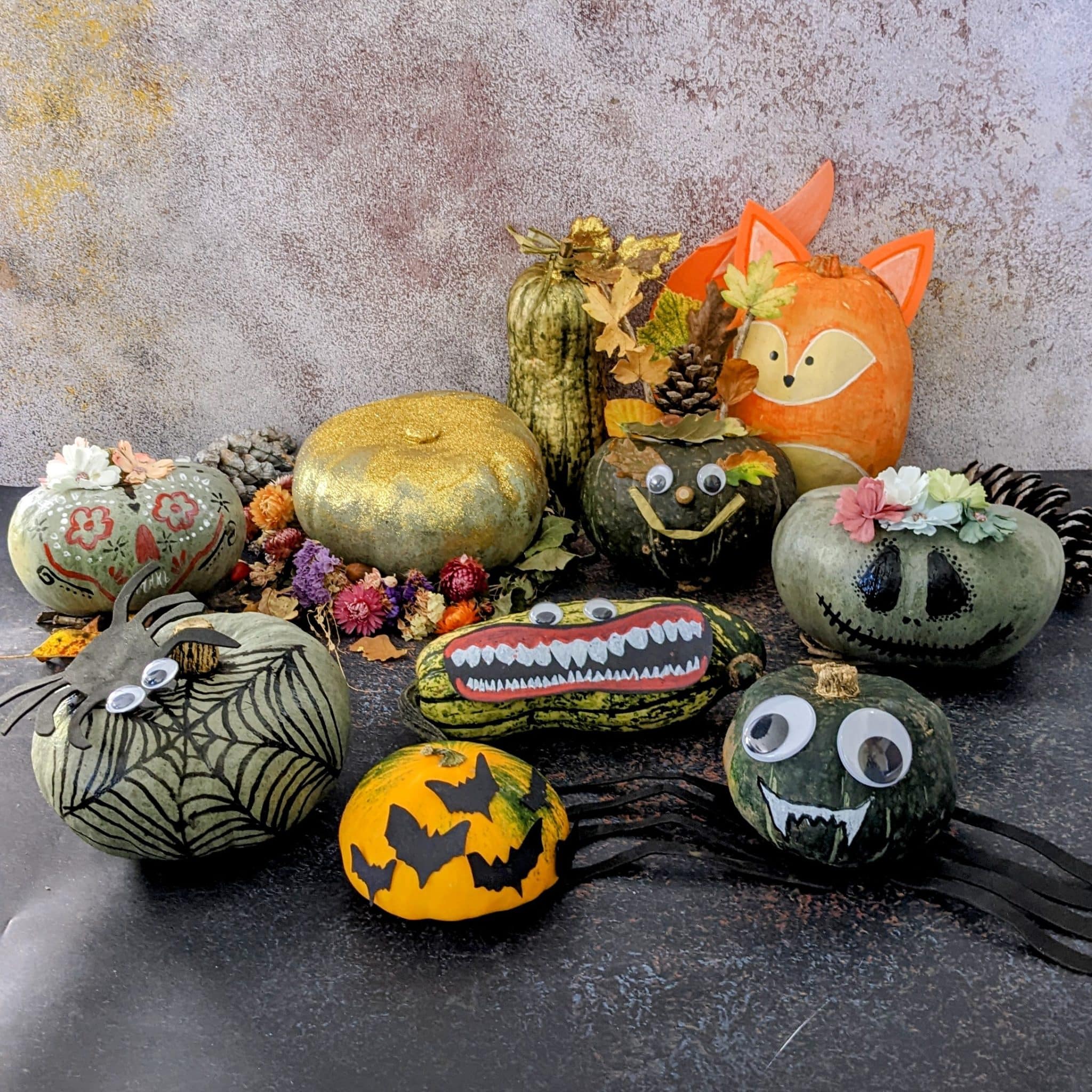
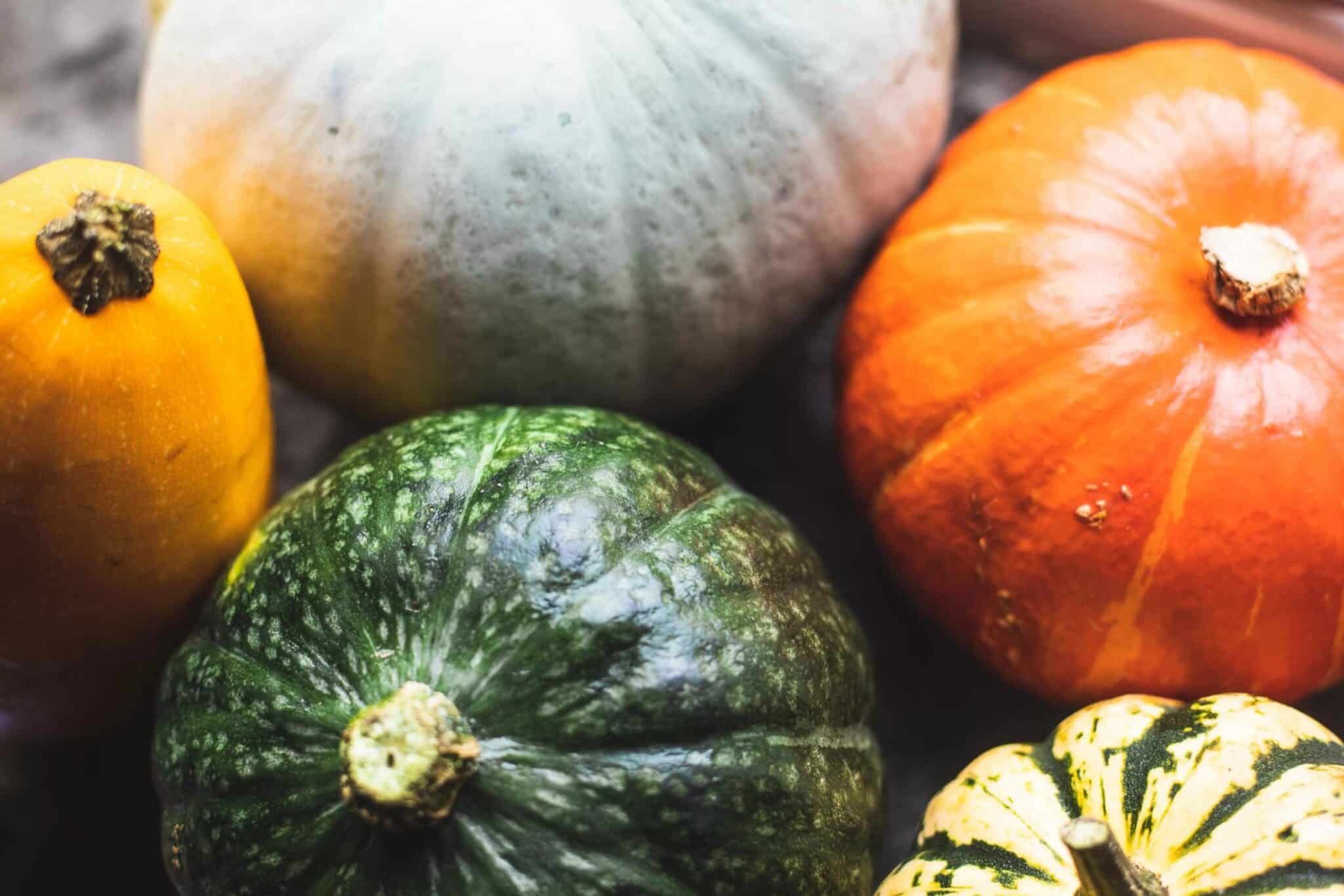










Dear Alys,
What a lovely surprise to see your article as am missing your Guardian column.
I garden in much the same way as you ,the same philosophy of live and let live, sharing food with the wildlife in my garden. Slow and thoughtful and observing before making changes. Over the years I have tried to accommodate my sloworms in a more suitable (for me) part of the garden, but they are not having it and I have had to change lol. Every good luck with your endeavours and I look forward to reading about your progress, best wishes Gay
Yes, like Gay below, I am SO pleased to see you here, Alys. I too have missed your Guardian column, and your book ‘Abundance’ remains a favourite. And it happens that ‘Wicked Leeks’ is one of my favourite journals.
I’m also pleased to read about your new Welsh garden, and your perspective on it. (And impressed that you’ve built wildlife-friendly shed foundations!)
I moved last year to Brittany, and we are in the process of setting up a wildlife haven (well, actually, adding to as we have a fair bit of woodland and naturally-regenerating land to tend – or not tend, in fact) in which we are establishing no-dig and mulch-based potagers, polycultures, orchard, and next winter the beginnings of a forest garden (all organic, naturally). Like you, designing this all around existing and hopefully increasing wildlife is a crucial aspect to me.
The cardboard boxes from the move have been great grass-and-weed-suppressors beneath our mulch and compost in the veg plots.
I wish you all joy in Wales, and am very much looking forward to reading more.
Your wildlife haven in Brittany sounds magical Roselle! We’re so thrilled that our readers are as excited as we are to have Alys writing for us.
Hi Alys,
So glad to have found you again, I was wondering where you had gone.
Looking forward to hearing all your trials & tribulations and to being helped and inspired along my own gardening journey. Lee
Oh Alys
I miss you so much on Saturday morning, yours were the first words I read every week! Although I love your replacements too, they are great voices in the gardening space.
Can’t wait to hear more from you on Wicked Leeks.
Gale
Im so pleased to see an article by you Alys. I first saw you on Gardeners World a while back now, and liked your approach to gardening and always seem to learn something new from you! My garden was a blank canvas as a new build house 17years ago. I got rid of the turf as I love plants, and have filled my small garden with plants wherever possible. I grow without any chemicals, and things have survived really well. The birds visit (cant feed them as too many neighbouring cats), but they forage for themselves on the deadheads I leave on in winter, including some of the buddleja seedheads. I dont cut the buddleja back till late spring as it acts like a tree for the birds to take cover in and also seeds to eat.
When I get greenfly on the roses, Ive found if I leave them the blue tits come and feed, then the sparrows and Ive never been overrun with the aphids. Ive seen my first caterpillar in amongst the undergrowth today already!
The only plant I could get to grow up some fencing boards successfully (east facing) was a winter honeysuckle(fragrantissima) that flowers from Nov-Apr, scented, and I get bees from the beginning of January every year, on a sunny day to beginwith. And big bumble bees from February. Usually have bees in the garden all year till beginning of winter.
Black birds used to nest but it was traumatic for them and me, with the neighbouring cats!… so they seem to have cottoned on now, and visit rather than nest.And seem very tame this year too.
All this and I’m in the middle of a housing estate. Starlings and house martins nest in the eaves of some of the other houses, and we have bats too.
My garden is natural and I leave tidying it over winter until around now, to allow any creatures to have a home or food or both.
Wildlife has found me, rather than the other way round and I feel very lucky and blessed to have it wanting to come, and to live in my garden, and my garden being a place they feel happy to be in.
I look forward to reading (and learning) more from you Alys, and wish you much fun in your new garden.
Thank you!
This is so wonderful to read Diana, your garden sounds like a wildlife haven. We’re thrilled to have Alys writing for us and it appears many of our readers are too!
This article spoke to my heart as it put into words what I am trying to do at my allotment. I am finding, it’s a fine balance between not being too intrusive and not being overgrown. The other day I started to weed some grass that had grown in one of the beds. As I tried to remove a big grass tuft with a hoe, suddenly a frog jumped away. He was sheltering or living in a hole, just next to the tuft. Luckily, I didn’t hurt it, but I disturbed it and its world. So I put the grass back and left it alone.
I love the idea of ‘making a wildlife garden that grows’ food and really looking forward to ideas, guidance and inspiration.
Welcome back – looking forward to your new journey and picking up tips on the way – my gardening is also slowing down not just due to age but more to listening and observation and through those senses understanding how I can help nature and the environment rather than obscuring it for my own selfish ends – good luck along the way – David
I’m making my garden as ‘wild ” as possible. I’ve given up growing vegetables and am leaving that to the experts like Riverford. I am growing lots of friut and have the attitude that if there’s anything left for me that’s lovely but if the birds eat it that’s good too. I love growing sunflowers to use for the birds in winter.